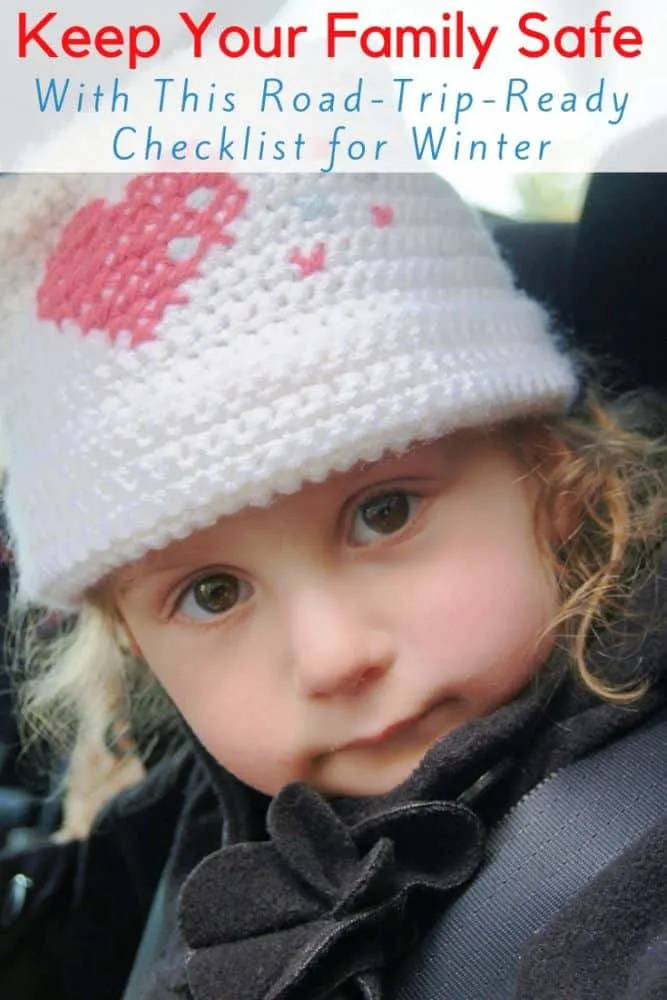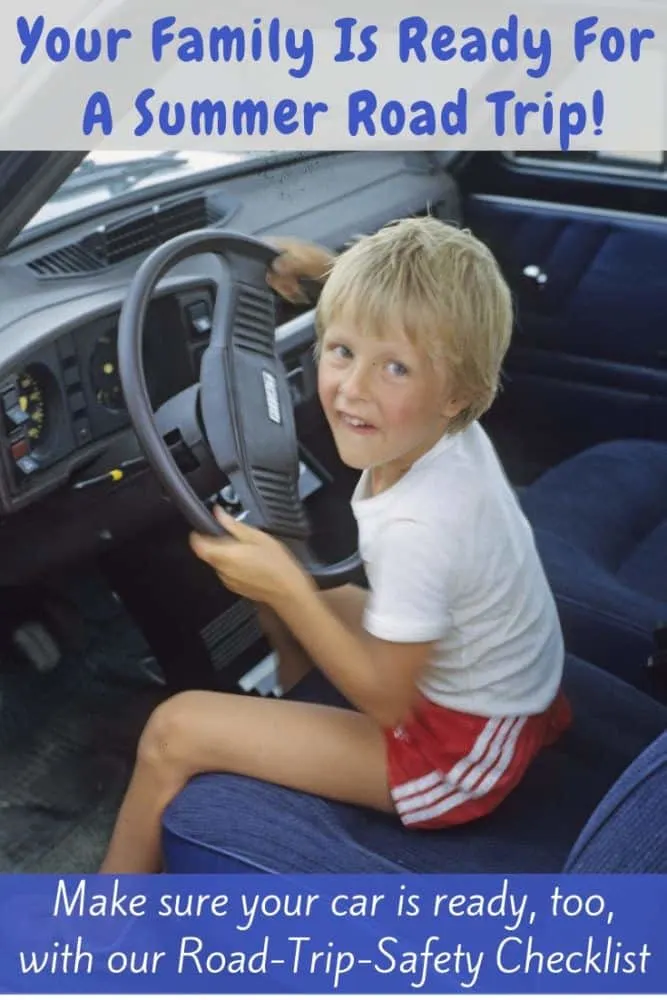I think about road-trip safety and health far more than I used to. Now that we have a child (and our airfare costs have increased by 50%) we drive places far more than we once did.
We drive in snowy winter weather to ski resorts with their rutted, frozen-mud parking lots. We creep along in crazy summer traffic to get to and from our beach or mountain vacations. In between we take mini breaks up and down the East Coast and even camp now and then. And of course, we travel to visit the family over the Thanksgiving and Christmas holidays.
Both on the inside and the outside, we’re harder on our car than we used to be. So it’s important take good care of it and follow smart safety practices. So you’ll find prep reminders that will keep your car healthy here.
It’s also important to keep all the people in the car healthy and happy. This is why I also have tips down below for keeping the family in good shape on long car trips.
Scroll to the bottom of the post for a printable road-trip safety check list.
Read More:
• 33 Savvy Expert Tips for Safeguarding Your Vacation
• 8 Ways to Help Car-Sick Kids
• How to Keep Kids Healthy & Well-Fed on Vacation
Our Best Road-Trip Safety Tips
Stock the car
Part of safety on the road is being prepared to deal promptly with problems when they arise. Here is a list of essentials that won’t take up all your trunk room but will have you reasonably well prepared for all kinds of situations
- Water (to drink, plus extra for filling the engine, or cleaning hands or messes)
- First-Aid kit and hand sanitizer
- Tire Change kit, something to kneel on
- Jumper cables with their own power source.
- flashlight
- travel-size multi-tool
- window scraper
- small shovel
- Blankets
- A roll of paper towels
- Read what AAA and the NHTSA have to say about car safety in summer and winter.
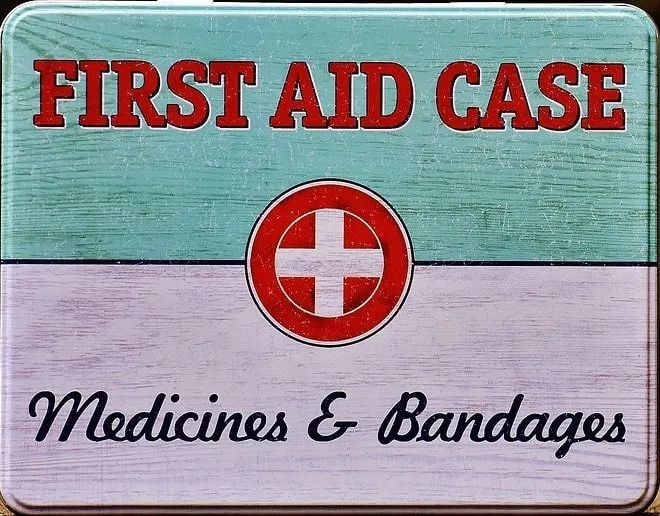
Use the right child car seat
I’ve seen so many kids I drive tell me they are too big for a booster. Then they spend the entire trip tugging at a seatbelt that’s pushing into their neck instead of sitting comfortably cross their shoulder.
Some of them put the shoulder strap under their arm to get it out of the way (bad) or they discreetly take their seatbelt off (worse). A properly used booster would prevent this.
I know it’s tempting to move your child to increasingly smaller, lighter, easier-to-use seats and boosters as fast as possible. And it’s especially tempting to move an older child up when a younger sibling is ready for that next seat.
But car seats and boosters do a lot. Boosters make sure seat belts are positioned correctly. And both can provide extra protection in a crash or fender bender.
Boosters also give shorter kids extra height, which can help with carsickness and boredom. My child complained far less on road trips once she was tall enough to look out the window.

Car seat tips for road-trip safety
- Use the right car seat or booster.
- Use that seat until your child has grown out of it height and weight-wise even if it’s beyond the suggested age.
- Make sure your seat is installed correctly. A surprisingly large number aren’t.
- Have your kids take bulky or puffy coats off in the car; they keep car seat straps from being as tight as they ought to be to prevent whiplash and other injuries.
- For very little ones use a fleece bag that’s made for car seats and has openings for the straps.
- For older kids keep blankets in the car and crank the heat.
Keep yourself informed
- If your car is overdue for routine service, this is a good time to do it.
- Mention your upcoming drive and ask them to check the battery, tire pressure, water, oil, windshield wiper fluid, anti-freeze and so on.
- Check the traffic and weather where you are and where you’re going too gauge the best time of day to drive without hitting traffic.
- Check the traffic again before you leave so you can pick an alternate route if you need to.
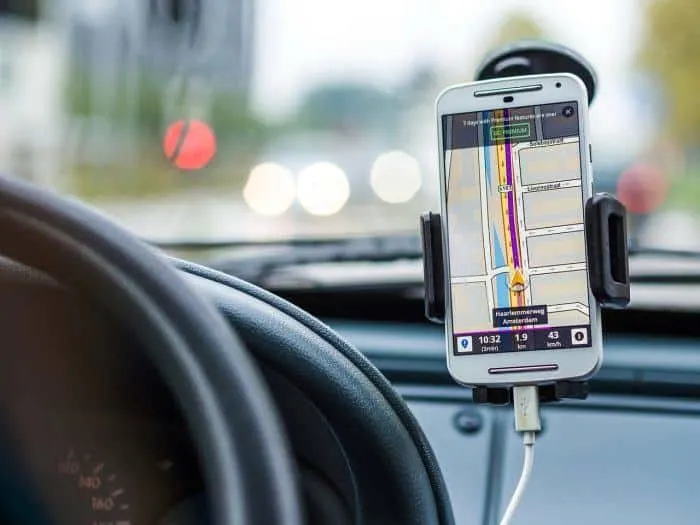
Know when to park and wait
It’s tempting to just want to get where you’re going and get the driving over with. But delays are part of travel and it’s better to arrive late and safely.
- Switch drivers every two to three hours so no one gets road fatigue.
- If you have only one driver it’s OK to pull over and let her have a cat nap when she’s feeling tired.
- When the weather is too bad – be it summer rain, thunderstorms or winter snow and ice—pull over somewhere safe and wait it out.
- If you are sitting in your car in snowy or icy weather and plan to keep the motor running, make sure the tail pipe is clear of ice, snow or mud. If your exhaust backs up it will make its way into your car surprisingly quickly.
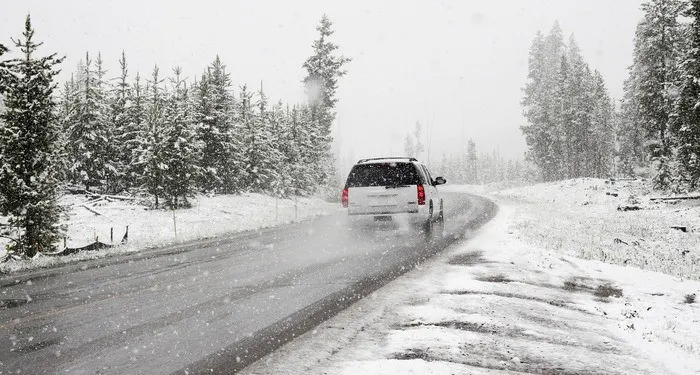
Keeping Kids Healthy On Road Trips
Making sure everyone arrives healthy and ready to have fun is the goal of all your road-trip safety efforts. Here are some tips for taking care of the kids on the road.
Know your family’s limits
We’ve learned through trial and error that our family needs to get out of the car and stretch our legs about every three hours. Six or seven hours is our max for a single-day drive.
When we’re road-tripping we try to stay at least two nights at every stop. We can settle in a bit, and it decreases the odds of forgetting a favorite hoodie, stuffed animal or iPod, which tends to happen more during quick stayovers.
Get out of the car
Highway rest stops rarely have green space where restless kids can run around. When you’re ready for a break use Google Maps, apps like Oh Ranger! Park Finder and Playground Buddy to find state and local parks near the highway.
Young kids can burn off some energy at a playground. Older kids can pack a soccer ball, lacrosse sticks, a Frisbee or a hackey sack.
If the weather is bad but kids really need to move, you can always search for a quick-service restaurant with a play area.
Eat healthy snacks
We all snack in the car as much to fend off boredom as to stave off hunger. At the very least we can pack healthy road-trip snacks. Dried or freeze-dried fruits satisfy sugar cravings and won’t melt in the sun or go stale.
If your family likes salty, crunchy foods stock up on alternative chips with ingredients like seaweed, kale, chick peas or quinoa.
Our favorite travel snacks include pretzel chips, pea crisps and cereal. We also like snack mixes with nuts, dark chocolate and dried fruit.
Stay hydrated
It’s surprisingly easy to get dehydrated while sitting for several hours in a car.
Blasting the heat in winter and AC in summer keeps the air in a car pretty dry and the sun shining in your windows has an impact, too.
Give everyone a water bottle and remind kids to drink from them at least every hour or so. Buying real fruit ice-pops during stop-overs helps with hydration, too.
Turn off the screens
Watching videos or playing computer games for hours on end isn’t any healthier for kids in the car than it is at home.
It’s not as hard as you might think to break up screen time with other activities including music, podcasts or Amazon’s Audible e-book service. Even if you’re using electronics you’re not staring endlessly screens.
Play car games (here are 5 favorites) or conversation starters like Beat the Parents.
Smart Games’ IQ problem-solving and path-making games are good for keeping kids (and adults) occupied on their own.
Some kids like following the journey on an old-fashioned map. And it’s becoming more accepted that letting kids stare out the window, bored can be a really healthy thing.
Print it out!
Download and print: Road Trip Safety Check List
Pin it for later!
